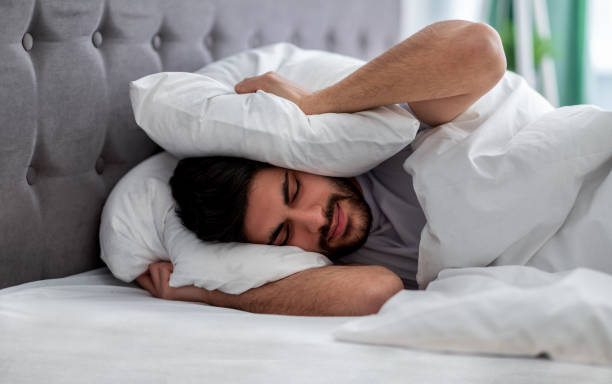The #1 Rated Blood Sugar Formula
High blood pressure: Could noise be a risk factor?

A recent study investigated the relationship between occupational noise-induced hearing loss and blood pressure. The authors conclude that chronic noise exposure increases the risk of hypertension.
Noise exposure and blood pressure
Currently, more than 100 million adults in the U.S. have high blood pressure. For this reason alone, it is important to understand any factors that might increase risk. Earlier studies have investigated links between noise exposure and hypertension, but so far, the findings have been inconsistent. The authors of the current study believe that this is partly because it is difficult to quantify total noise exposure over decades. To address this issue, the researchers used hearing loss as a marker for noise exposure. The authors explain: “Several studies [have] reported that bilateral high frequency hearing loss (BHFHL) is associated with cumulative occupational noise exposure, and BHFHL can serve as an early biomarker for the actual personal exposure to occupational noise.” The scientists had access to data from 21,403 workers with occupational noise exposure and an average age of 40 years. This information came from a survey of workers in Chengdu, Sichuan Province, in China. As part of the survey, the officials assessed various health metrics, using audiometric tests and measuring blood pressure.A significant association
As expected, the prevalence of hearing loss increased in tandem with the number of years that the participants had spent working with occupational noise exposure. Overall, the researchers found that workers with “mild and high BHFHL had [an increased] hypertension risk of 34% and 281%, respectively.” The authors conclude:“The present study suggested that occupational noise exposure was positively associated with blood pressure levels and hypertension risk.”They also report that a “dose-response relationship between BHFHL and hypertension was found in both males and females.” In this study, the authors found that the link between noise exposure and hypertension was most pronounced in men. They believe that this might be because “[m]ale workers [are] usually exposed to higher noise intensity in their workplace, compared with female workers.”







